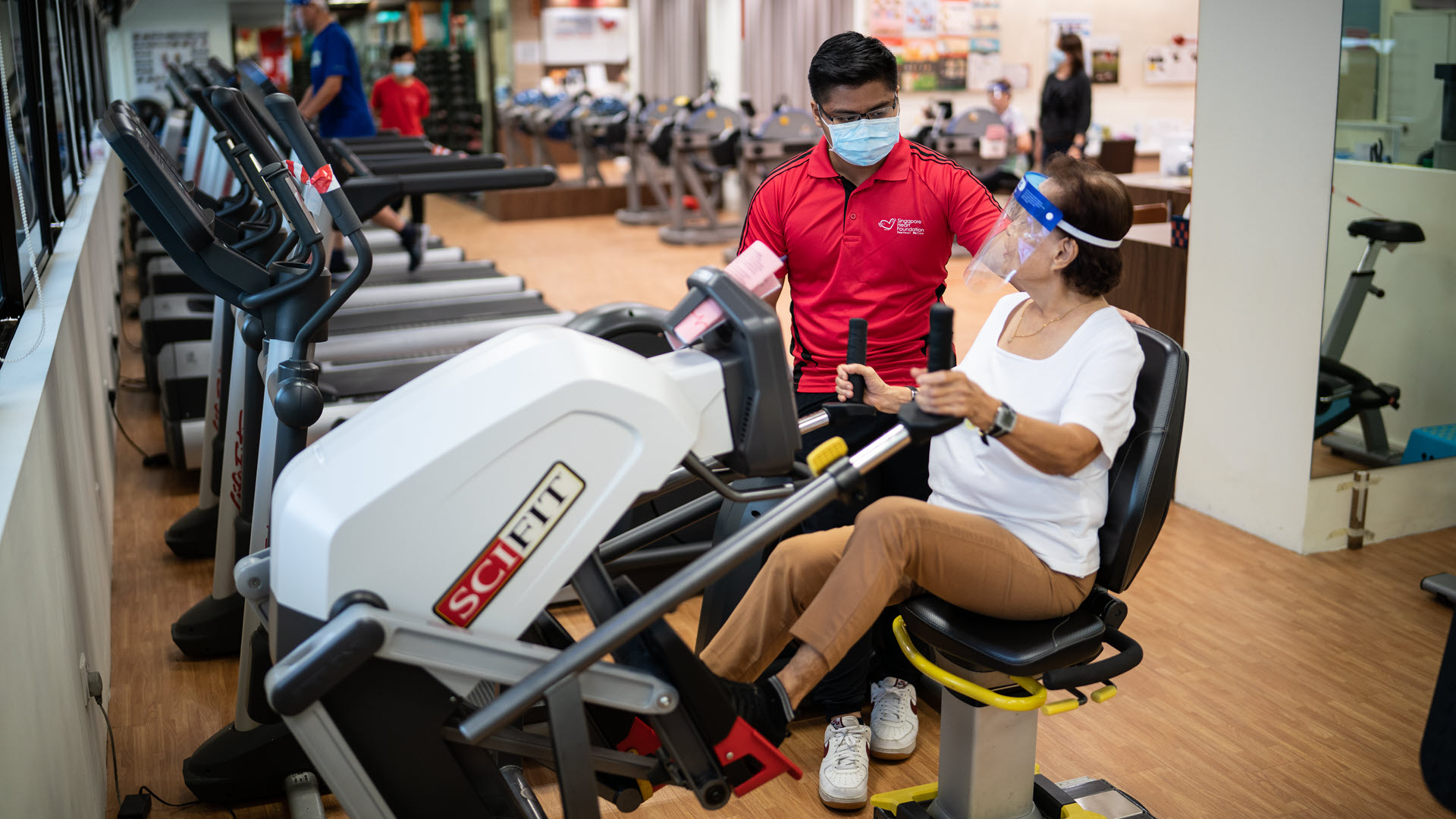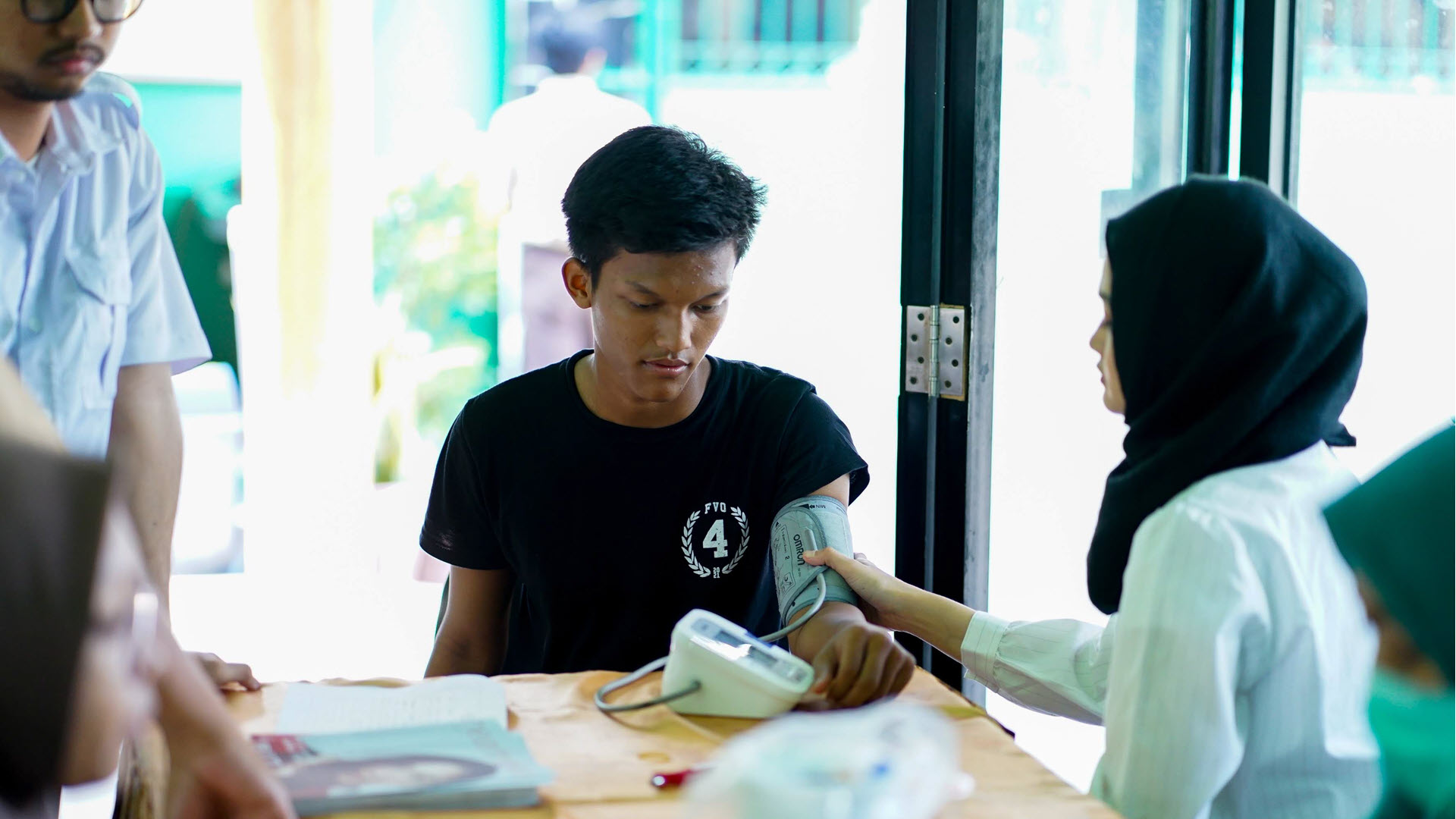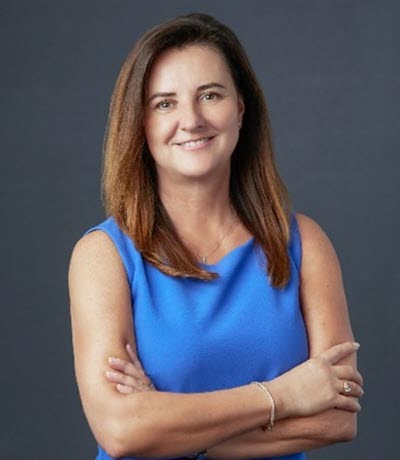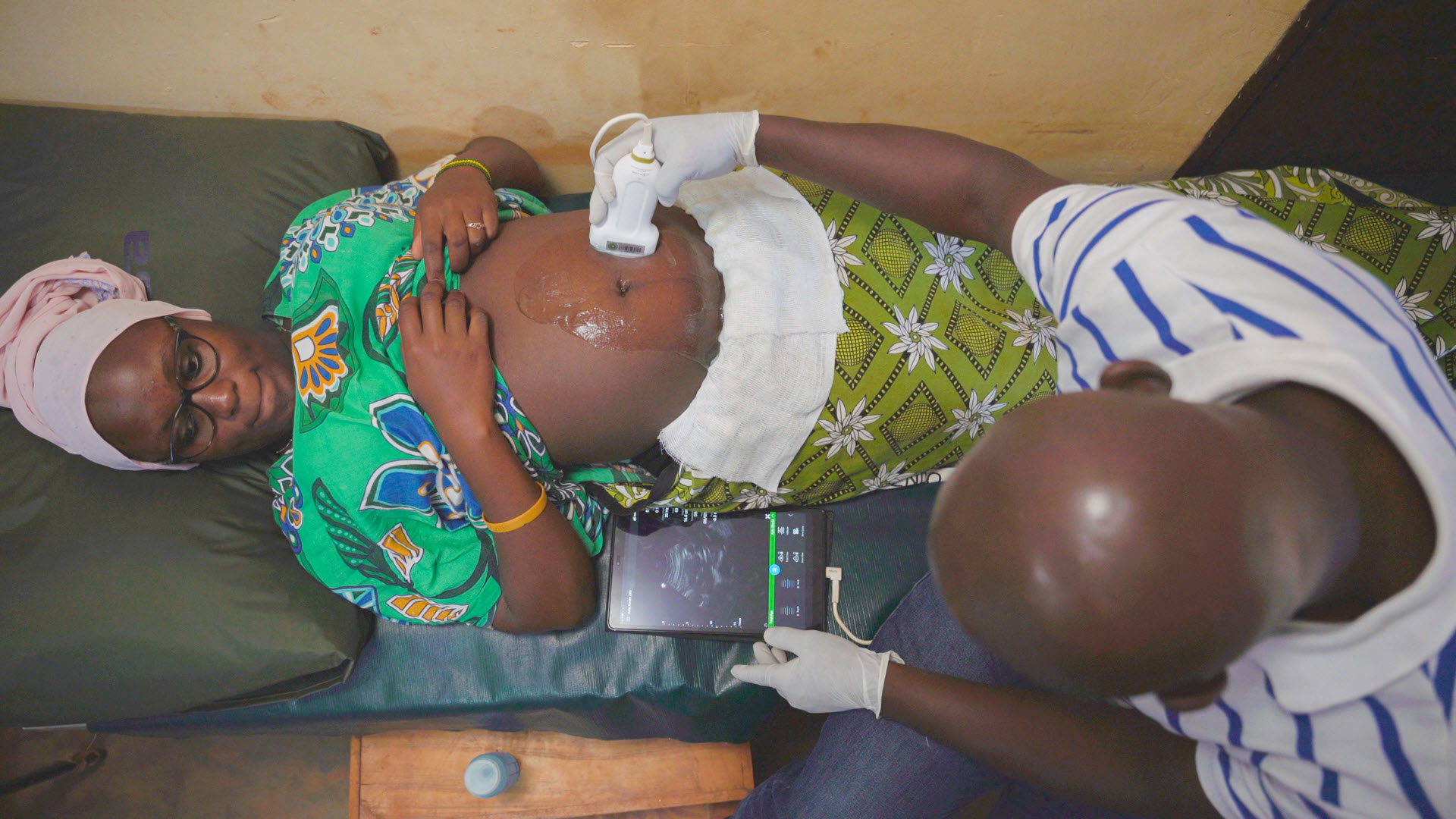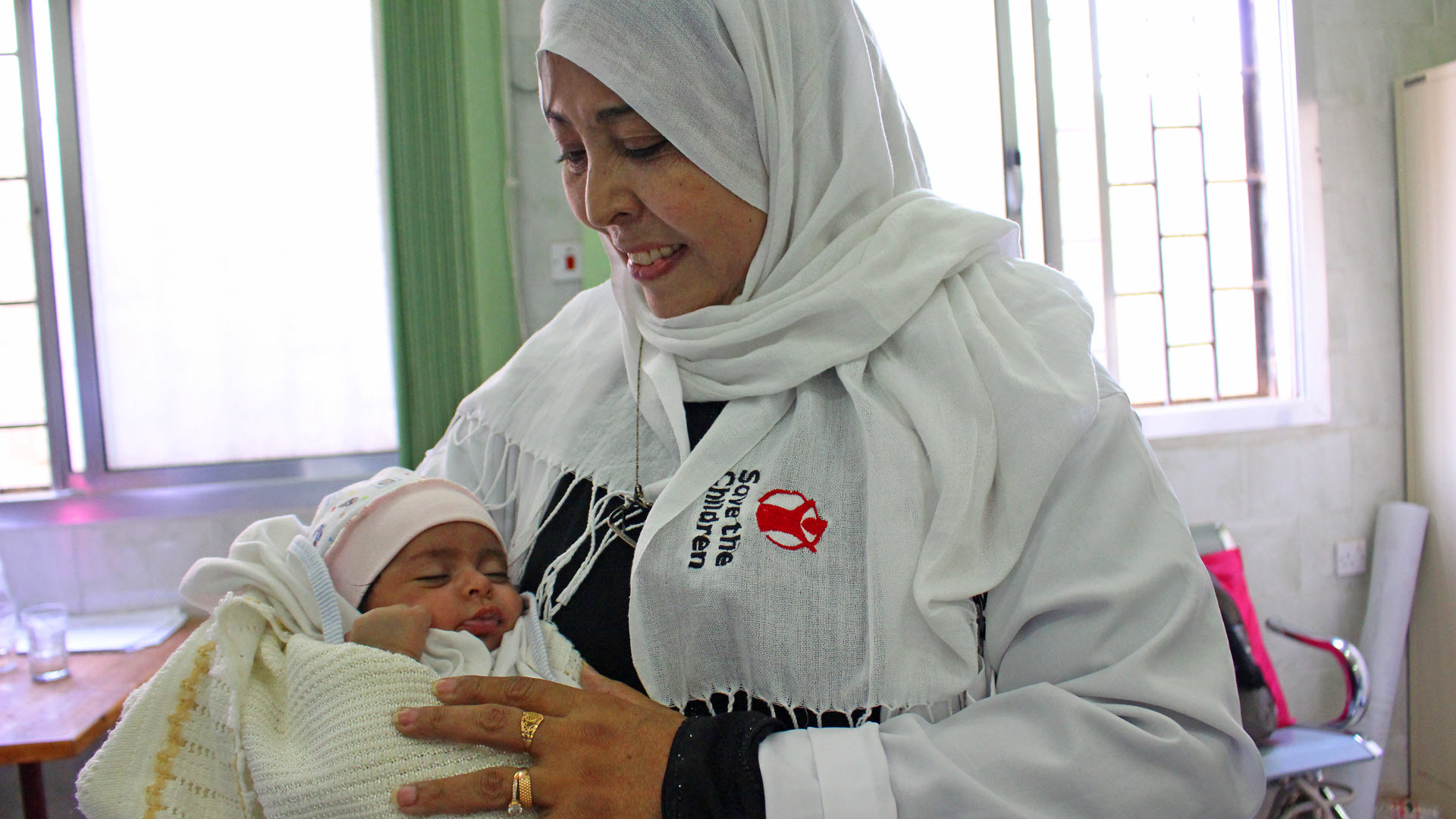Non-communicable diseases (NCDs) such as cancer, diabetes, and cardiovascular disease account for 71% of all deaths globally [1], and the risk of dying from an NCD is highest for people living in poverty. What I’ve experienced in my role in Asia-Pacific is that health systems, which were already unequal across regions, are now strained by the pandemic.
Many doctor visits are being postponed, even as NCDs like cardiovascular disease are on the rise across Southeast Asia. The need has grown urgent, especially for people in underserved communities. If we are to stem the tide of rising NCDs, I believe we must work together to strengthen health systems, address manageable risk factors, and ensure all people, no matter where they live, have access to quality diagnoses and treatments.
Despite Southeast Asia being a highly fragmented region, one commonality holds true – countries across the region are all facing the same leading cause of mortality, NCDs. Currently, four major NCDs – cardiovascular diseases, diabetes, cancers, and chronic respiratory diseases – contribute to more than 80% of NCD-related premature deaths in the region [2], and more than half of the world’s cardiovascular disease mortalities occur in Asia.
Community support to address the root cause of NCDs
In my role, I see the need for countries, regions, and the communities within, to work closer together to support our health institutions which are under high pressure and ensure that the system keeps running so that NCD diagnosis and treatments are able to continue without being compromised.
Growing urbanization in Southeast Asia corresponds with the rise of NCDs. But the risk factors of NCDs are addressable. These include raised cholesterol, blood pressure and glucose levels, while common secondary causes include tobacco use, poor diet, physical inactivity, and harmful alcohol use [3]. The risk factors are largely man-made and reflect the manageable nature of this issue.
Unfortunately, the majority of low- and middle-income countries find it challenging to design and implement comprehensive programs to detect NCDs early on [4].
In Michael Bloomberg’s Annual Letter of Philanthropy, he highlights that despite causing 67% of deaths, NCDs receive only 1% of global health funding. He explains that the proliferation of NCDs traces patterns of inequality in our world, including unequal access to education, healthy foods, safe places to exercise, and governments who put protective policies into action [5].


